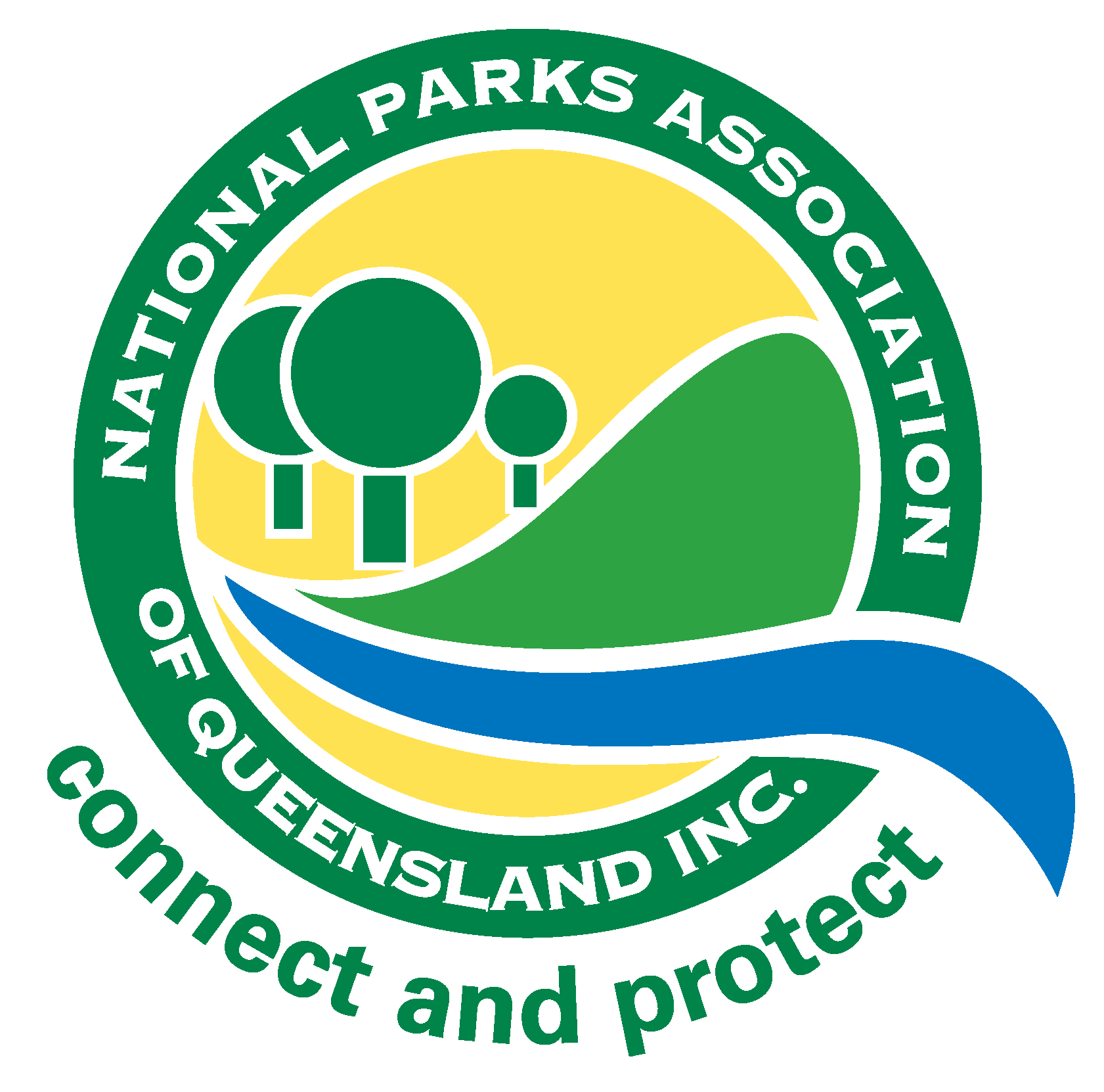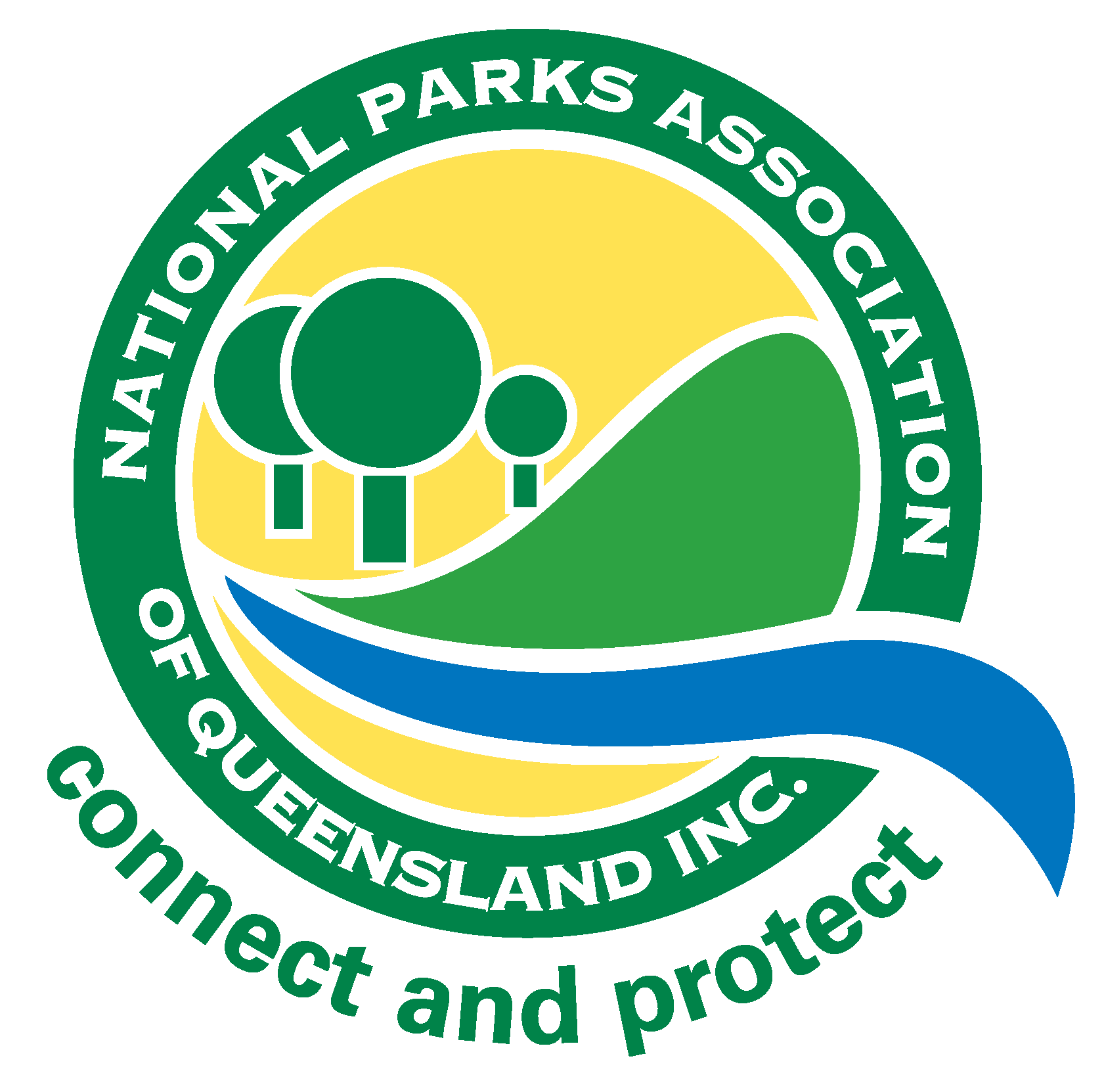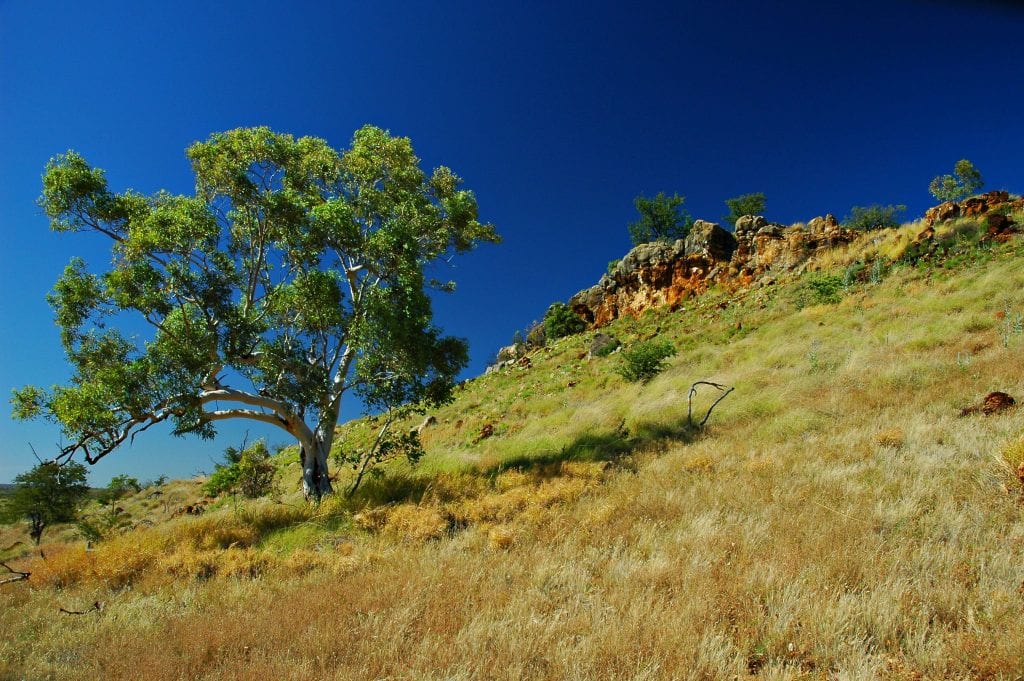National Parks, State Forests
Queensland’s Rangeland National Parks
Riversleigh World Heritage Site, Boodjamulla (Lawn Hill) National Park. Photo: James Fitzgerald.
On NPAQ’s 90th birthday, we celebrate its many successes in securing Queensland’s magnificent national parks.
However, the development of a representative national park estate across all bioregions has stalled in recent years. Disturbingly, this is at a time of unprecedented pressure on our natural environment. The semi-arid and arid rangelands west of the Great Dividing Range (excluding the tropical savannahs) suffer in many parts from unsustainable grazing pressure exacerbated by the legacy of degradation over more than a century. This pressure is now magnified by a warming and increasingly variable climate. Equally, these threats represent an unsustainable pressure on biodiversity.
In the halcyon days of park expansion from 1989 to 1994, government policy was to double the national park estate, and there was a deliberate effort to focus on developing a representative park system across the rangelands. At this time there were very few parks west of the Divide, except for the ‘scenic lands’ like Carnarvon National Park or the ‘worthless lands’ (from a pastoral viewpoint) such as Munga-Thirri (Simpson Desert) National Park.
The subsequent development towards a representative national park system included new parks in the Mulga Lands (e.g. Welford N.P.), the Channel Country (e.g. Diamantina N.P.), the Darling-Riverine Plain (Culgoa Floodplains N.P.), the Mitchell Grass Downs (e.g. Astrebla Downs N.P.), and the North West Highlands (e.g. extension of Boodjamulla (Lawn Hill) N.P.). These are some of the jewels in Queensland’s national park system. Over this five year period, approximately $40m was spent acquiring 2,437,892 hectares.
During this time the NPAQ not only supported these acquisitions, but financially supported the publication of The Conservation Status of Queensland’s Bioregional Ecosystems. This work provided the basis for describing regional ecosystems and securing representativeness across each bioregion, and underpins natural resource management today. After 28 years these ecosystems have now been mapped for the whole state: a monumental task by the Queensland Herbarium. Securing many of these parks was indeed hard-won but by demonstrating that a scientific basis was being used in park selection helped secure rural support.
Today however, a fully representative national park system across the rangelands remains far from complete. Major gaps exist in the Brigalow Belt, Einasleigh Uplands, Desert Uplands, Mulga Lands, Mitchell Grass Downs and Channel Country. With the increasing severity of threatening processes, it is urgent that our national park estate is expanded across our rangelands to protect and restore biodiversity and ecosystem services.
A range of conservation measures is also required to complement new national parks for the protection of rare and threatened species and ecosystems, refugia, and corridors as part of achieving sustainably managed landscapes. Of particular note is the need for protection of our rangeland wetlands both in parks and on private lands. Many contain rare, endemic species whilst others represent key habitat for wide ranging, migratory species.
Unfortunately, landholder concerns still remain over securing new parks and over park management in pastoral regions. These concerns can be partially overcome by investment in nature-based outback tourism as economic diversification is desperately needed to assist distressed local communities and to build broad societal support for completing a representative rangeland park system. Coordinating park acquisitions with other environmental initiatives across the rangelands also need to be further explored.
Paul was directly involved in the expansion of Queensland’s National Parks over three decades and guided the acquisition of many of our rangeland parks. He also coordinated the development of Queensland’s Regional Ecosystem classification. A detailed history of this work is available in: Five Million Hectares – a conservation memoir 1972-2008 which is published on line (www.royalsocietyqld.org). Paul retains a keen interest in the rangelands: their need for sustainable management and to consolidate the park system.


